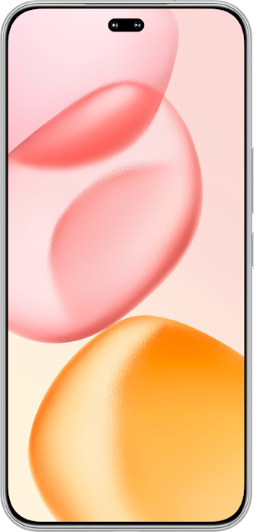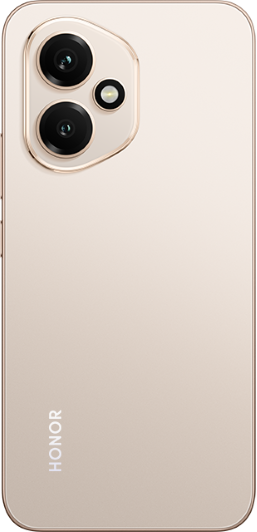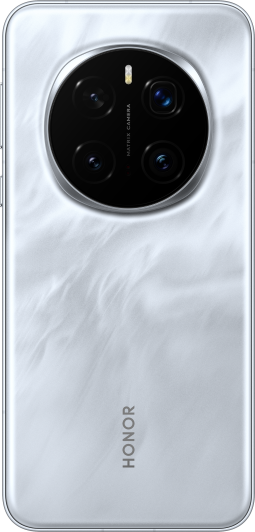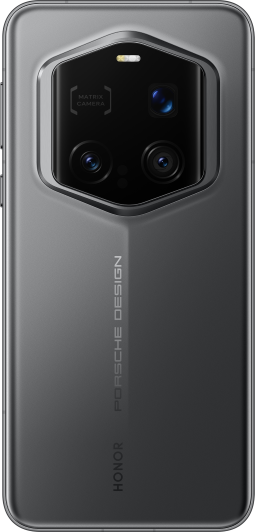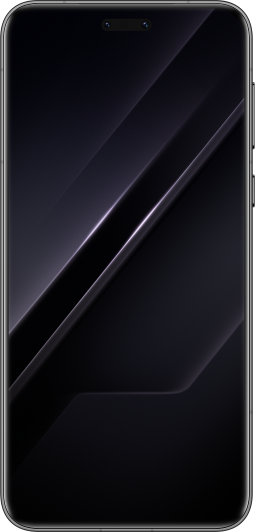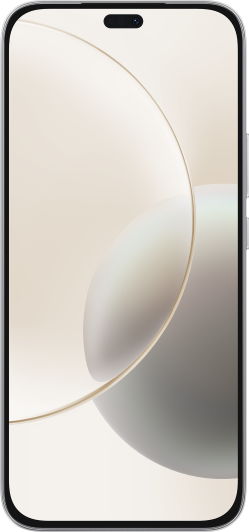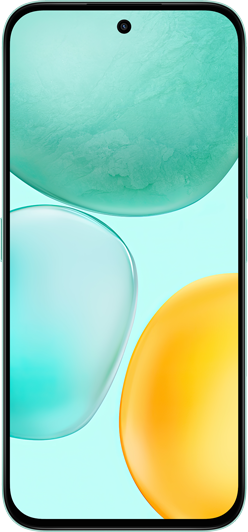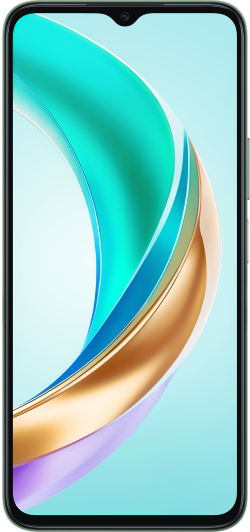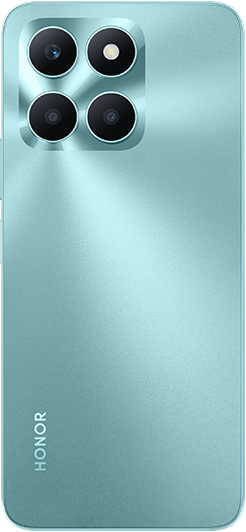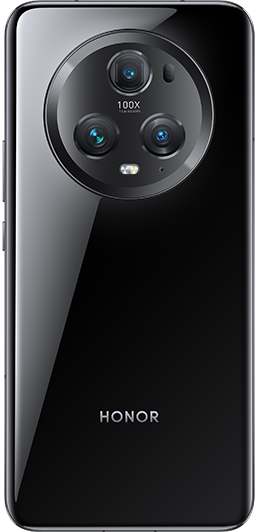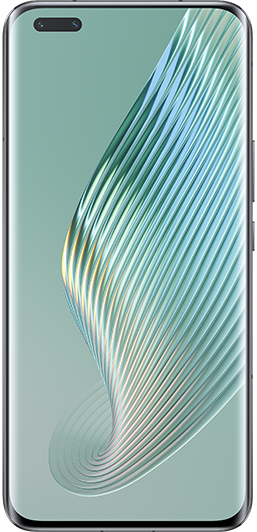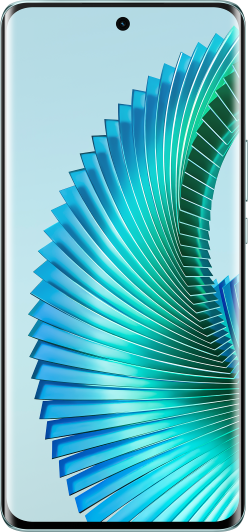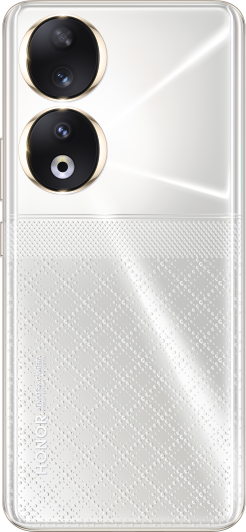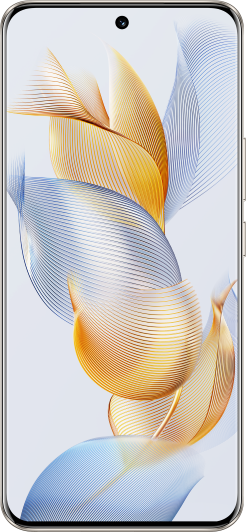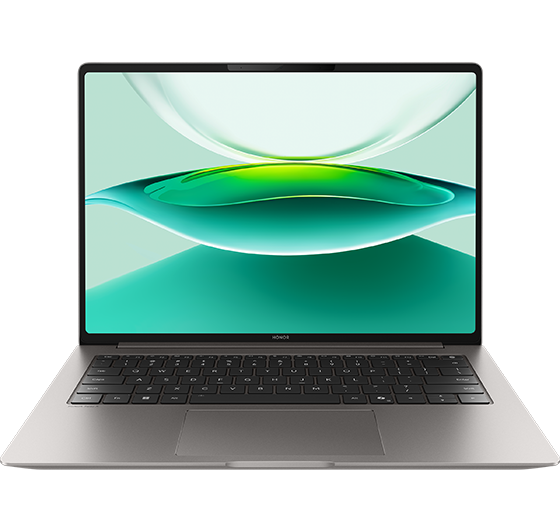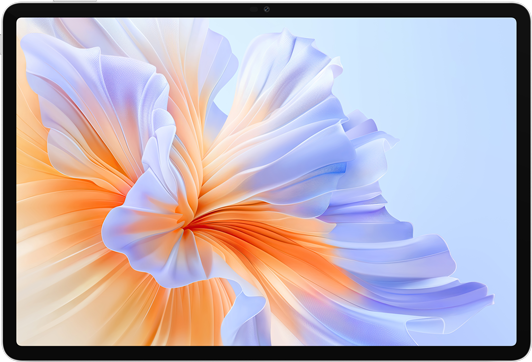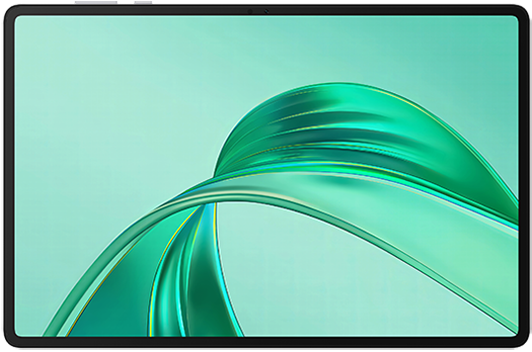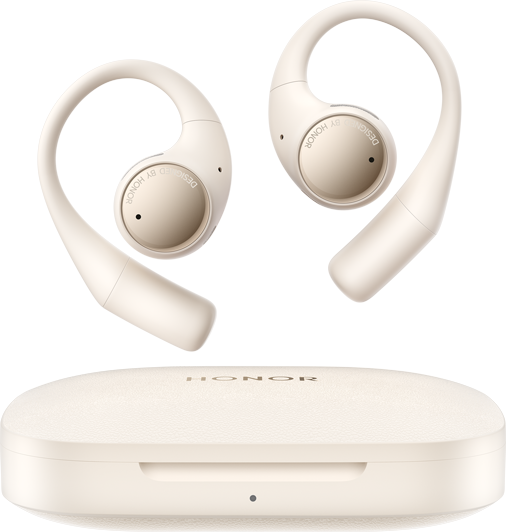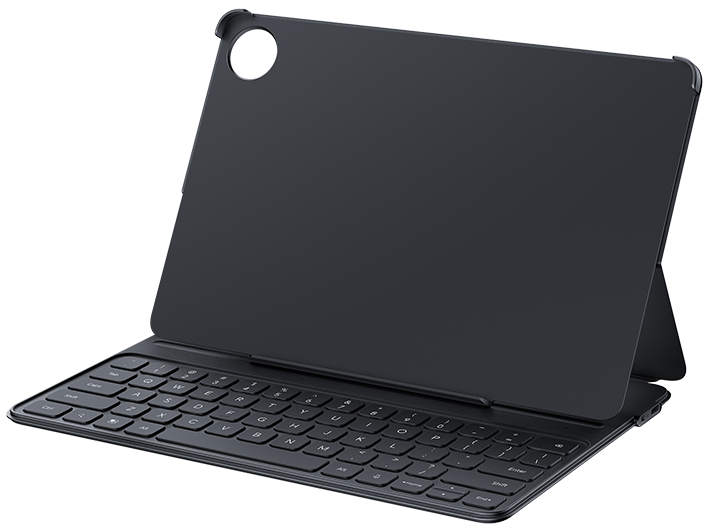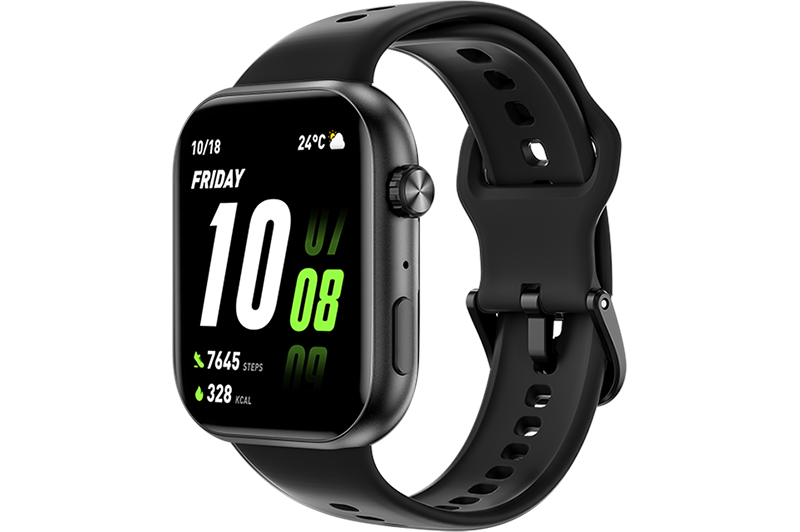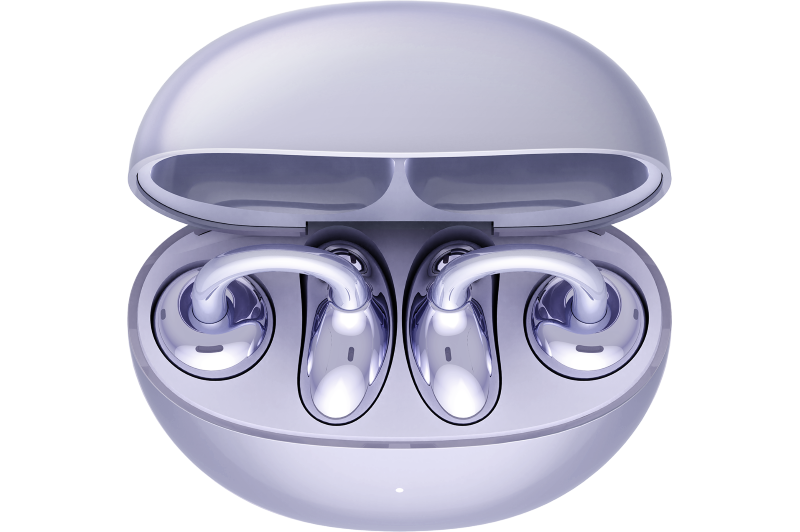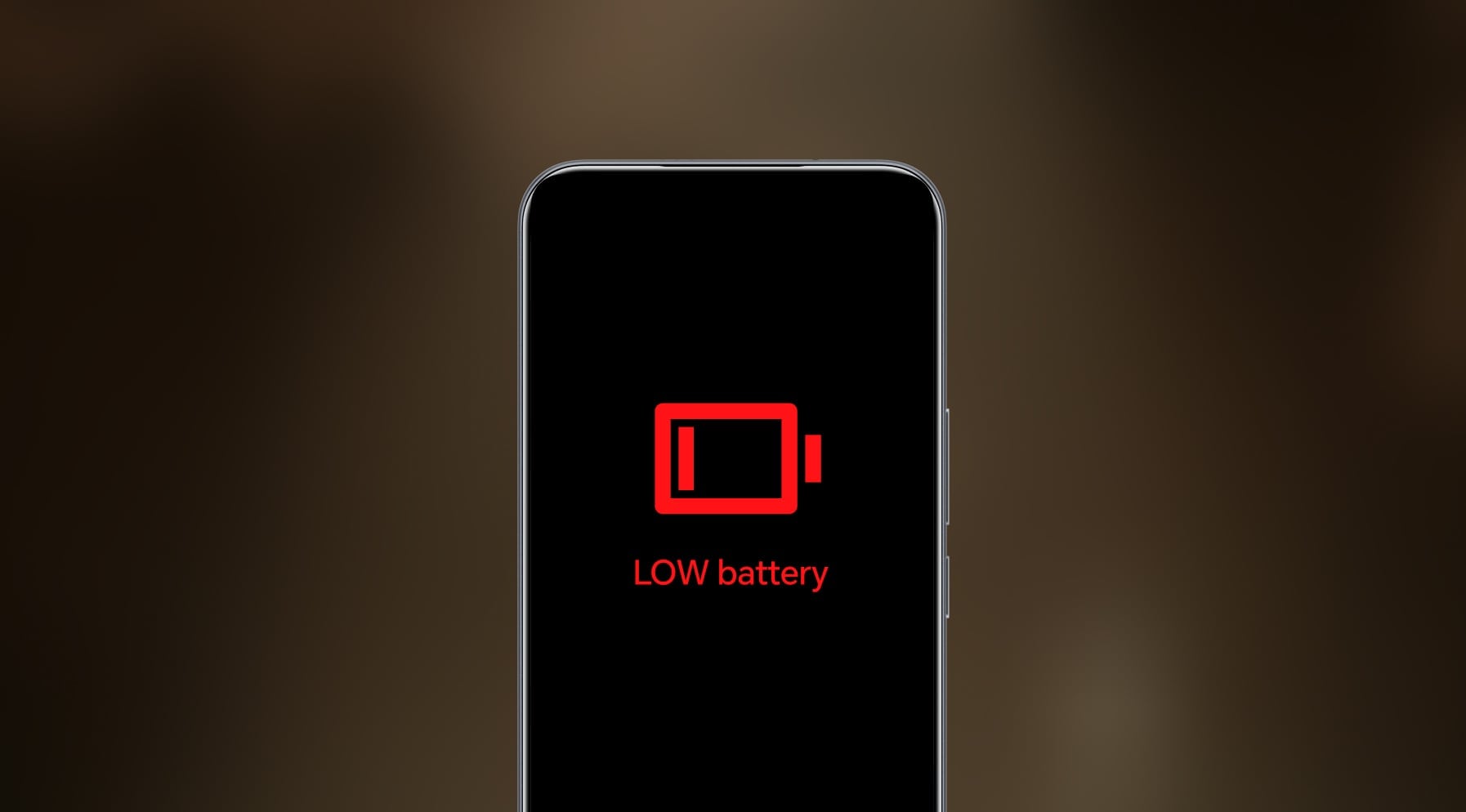TOP

我的荣耀 开启荣耀之旅
To log in to your account, you must first agree to the HONOR PLATFORM TERMS OF USE. If you do not agree, you may only browse the site as a guest.

Phone Battery Swell: Causes, Risks & How to Fix It Safely
Table of Contents
・Common Causes of Phone Battery Swelling
・Risks of Swollen Batteries
・What Are the Signs of Swollen Batteries?
・How to Handle a Swollen Battery?
・How to Dispose of a Swollen Battery?
・How to Prevent the Battery from Swelling
・Conclusion
・FAQs
Uh-oh… is your phone starting to look a little puffy? Maybe the back cover is bulging, or the screen doesn't sit flush anymore. That's a classic sign of a phone battery swell—and trust us, it's not something you want to ignore.
A swollen battery can leak, catch fire, or even explode if handled the wrong way. Sounds scary? Don't panic. We're breaking down exactly what causes a phone battery to swell, how to spot the signs early, and what steps you should (and shouldn't) take to fix or prevent it.
Let's dive in and keep your gadget and you safe and sound!
Common Causes of Phone Battery Swelling
Before you can fix or prevent a bloated battery, it helps to understand why phone batteries swell in the first place. Several factors can stress a battery and make it expand over time:
● Heat and overcharging: Leaving your phone in a hot car or constantly charging it past 100% can overheat the battery. This heat speeds up chemical breakdown inside the battery and creates gases that cause swelling.
● Deep discharge: Running your battery down to zero repeatedly stresses the internal chemistry. Over time, this damage makes gas buildup—and swelling—more likely.
● Manufacturing defects: In rare cases, flaws like thin separators or tiny debris inside the battery can lead to internal short circuits, which generate heat and swelling.
● Physical damage: Drops, crushing, or heavy impacts can dent the battery or damage its protective layers, which may trigger swelling.
● Age and wear: Batteries degrade naturally with each charge cycle. A worn‑out cell may leak or trap gases instead of safely venting them, causing noticeable puffing.
● Cheap chargers or replacement batteries: Low-quality charging accessories or cheap aftermarket batteries often lack proper safety features, increasing the risk of overcharging or overheating.
● Extreme temperatures or humidity: Rapid temperature swings or exposure to moisture can weaken the battery's seal and lead to internal reactions that cause it to expand.
Risks of Swollen Batteries
A swelling cell phone battery isn't just bad for your phone; it can also put you at serious risk. Here's why you should never ignore the problem:
● Fire and explosion: Built‑up gas increases internal pressure. In extreme cases, the casing can rupture, igniting the electrolyte and causing a fireball.
● Chemical leakage: If the battery pouch tears, toxic fumes, corrosive and flammable electrolyte can ooze out. These can damage internal circuitry or irritate your skin or lungs.
● Screen and case damage: The extra pressure can warp screens, lift cases, and break connectors. Pulling your display away from the frame compromises water‑resistance and structural integrity.
● Data loss: Sudden battery failure can cause your phone to shut down without warning. Unsaved work, photos, and videos might disappear forever.
What Are the Signs of Swollen Batteries?
Before panic sets in, it's important to know how to spot the early warning bells of a phone battery swelling up. While a dramatically bulging back cover is the most obvious clue, there are subtler red flags to watch for:
● A visible bulge: The back cover may start lifting, or your phone might look thicker than usual.
● Screen separation or rainbow patterns: Pressure from inside can push against the screen, causing lifted corners or “oil slick” distortions.
● Buttons feel stiff or stuck: Swelling inside the phone can make physical buttons harder to press.
● The phone rocks on flat surfaces: Place it on a table; if it wobbles instead of sitting flat, the battery could be expanding.
● Sweet or chemical smell: Leaking electrolyte sometimes gives off a fruity, nail-polish-like odour.
● Overheating and fast draining: A swelling battery often struggles to hold a charge and may get unusually hot even with light use.
How to Handle a Swollen Battery?
Spot a phone battery swelled up? Put safety first and act immediately:
● Power off immediately. Shut down your phone right away. Never try to keep using a battery swelling phone. Disconnect from chargers, power banks, or any accessories.
● Get some space and gear up. Move the device to a well-ventilated area away from anything that burns, then slip on safety glasses and gloves before touching it again.
● Set it on something fireproof. A metal tray, concrete floor, or a bucket of dry sand/kitty litter keeps sparks from spreading if the pouch vents.
● Inspect with caution. If you're comfortable opening your phone, remove the back cover gently. Look for any visible distortion in the battery's shape or thickness.
● Never stab, bend, or “flatten” the pack. Puncturing a swollen cell can trigger thermal runaway and flash flames.
● Remove only if you know how. If the battery is user-replaceable and cool, use plastic tools and gentle leverage; if not, leave it for a qualified technician.
● Arrange professional replacement. Check if your device or battery is still under warranty and contact the authorized service centre. Otherwise, source a genuine replacement and hire a qualified technician.
How to Dispose of a Swollen Battery?
Damaged lithium-ion cells are hazardous waste, so treat them like it:
● Never toss one in household trash or curb side recycling. They can ignite trucks or landfills.
● Tape the terminals and seal it in a clear plastic bag. This prevents short-circuits during transport.
● Store the pack in sand, kitty litter, or a steel can until drop-off. Isolation keeps accidental sparks from spreading.
● Use an authorized e-waste or household-hazardous-waste site, or a retailer battery take-back bin. Many municipalities list locations online.
● Ship only in UN-rated DDR packaging if you must mail it. These special boxes are specifically designed and certified to safely transport Damaged, Defective, or Recalled (DDR) lithium batteries.
If you've wrestled with a swollen battery and are ready for something safer, HONOR's latest phones are worth a look. Their innovative silicon-carbon batteries—5,270 mAh in the HONOR Magic7 Pro—pack more energy into a slimmer cell, stay cooler under load, and hold over 80% capacity for years.
Those high-density cells team up with HONOR's proprietary E-series Power Enhanced Chip, which constantly monitors temperature, fine-tunes charging speeds, and applies a “Smart Discharging Solution” to slow chemical aging. The result: longer screen-on time, cooler operation, and far less chance of another phone battery swell.
How to Prevent the Battery from Swelling
A few everyday habits greatly cut the odds of seeing a phone battery bulge:
● Keep charges in the 20-80% sweet spot. Deep discharges and hours parked at 100% stress the electrodes and accelerate gas-forming reactions inside the cell.
● Avoid heat—especially parked cars. Thirty minutes on a sun-baked dashboard can raise internal temperatures enough to start swelling.
● Stick to original or certified chargers and cables. Cheap or counterfeit gear can over-volt cells and defeat protection circuits.
● Give the phone airflow during heavy gaming or fast charging. Heat build-up is the #1 swelling catalyst.
● Keep software up to date. Firmware updates often refine charge cut-offs and thermal limits that protect the battery.
● Replace aging packs every 500 full cycles (≈2–3 years) or when capacity drops sharply. Old electrodes shed material and create gas.
● Avoid drops and crush damage. Physical dents can short internal layers and start gas production.
● Guard against moisture. Water intrusion corrodes separators and accelerates failure.
Conclusion
A phone battery swell is a serious issue, but with the right knowledge, you can handle it safely and prevent it from happening again. Pay attention to the warning signs, avoid risky charging habits, and dispose of damaged batteries responsibly.
And if your battery is already looking bloated? Stop using the phone immediately and get it checked out. Acting fast could save your phone—and prevent a dangerous situation.
FAQs
Is it safe to use a swollen phone battery?
No, it's not safe to use a swollen phone battery. Even if your phone still turns on, a swollen battery poses serious safety risks. It can overheat, leak, or even explode. Continuing to use the device or keeping it plugged in can make things worse. Stop using it immediately and have the battery replaced by a professional to avoid potential harm.
How to fix phone battery swelling?
You can't fix a swollen phone battery—once it swells, it's permanently damaged and must be replaced. Attempting to repair or reuse it is dangerous and can lead to leaks, fires, or explosions. The safest solution is to stop using the device right away and have the battery replaced by a certified technician or service centre. Never try to puncture it yourself.
Is it normal for phone batteries to swell?
No, it's not normal for phone batteries to swell. Swelling usually indicates a problem, such as damage from overheating, overcharging, aging, or a manufacturing defect. A healthy battery should never change shape. If you notice any swelling, it's a sign the battery is failing and could become hazardous. Stop using the device and get the battery checked or replaced as soon as possible to stay safe.
Does a swollen battery damage a phone?
Yes, a swollen battery can damage your phone. As it expands, it can press against and warp internal components, crack the screen, or damage the casing. It also poses serious safety risks like fire, explosion, or leaking harmful chemicals. Continuing to use a phone with a swollen battery increases the risk of both device damage and personal harm. It's best to stop using the phone and replace the battery immediately.
Source: HONOR Club

Subscribe To Our Newsletter - Discover HONOR
Please accept HONOR Platform Privacy Statement.
By entering your WhatsApp number, you agree to receive commercial information on WhatsApp about HONOR products, events, promotions and services. For more details, please see our privacy policy.
Please accept HONOR Platform Privacy Statement.
I agree to receive the latest offers and information on HONOR products, events and services through third-party platforms (Facebook, Google). I may withdraw my consent at any time as indicated in the Privacy Statement.
Contact

Mon-Sat: 09:00 – 18:00. (Except on national holidays).
Third Floor, 136 George St., London, W1H 5LD, United Kingdom.
Copyright © HONOR 2017-2025. All rights reserved.








